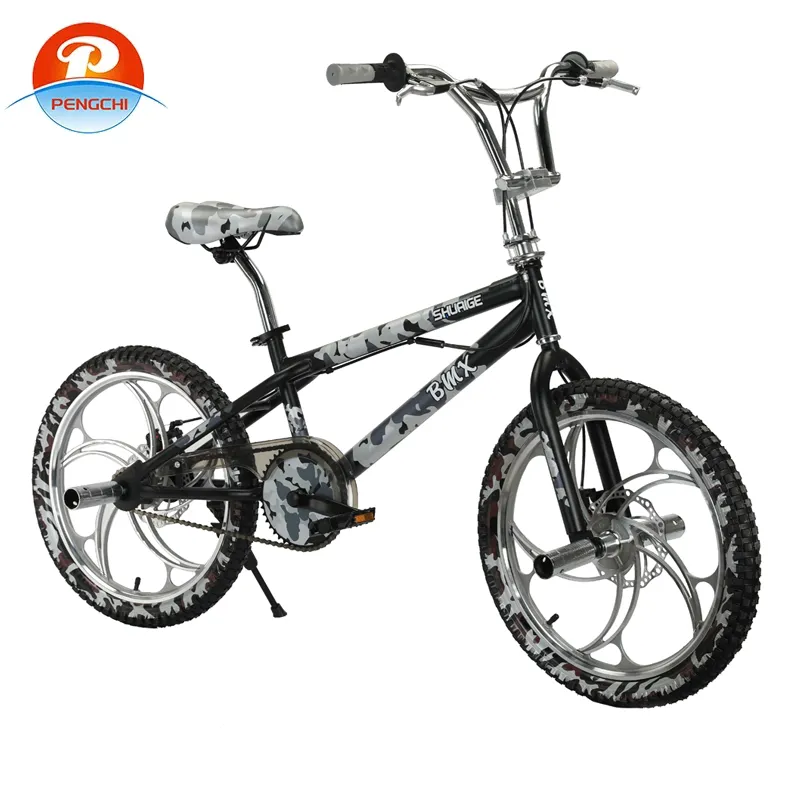
-
 Afrikaans
Afrikaans -
 Arabic
Arabic -
 Belarusian
Belarusian -
 Bengali
Bengali -
 Bulgarian
Bulgarian -
 Croatian
Croatian -
 Czech
Czech -
 Danish
Danish -
 Dutch
Dutch -
 English
English -
 Finnish
Finnish -
 French
French -
 German
German -
 Greek
Greek -
 hawaiian
hawaiian -
 Hebrew
Hebrew -
 Hindi
Hindi -
 Hungarian
Hungarian -
 Indonesian
Indonesian -
 irish
irish -
 Italian
Italian -
 Japanese
Japanese -
 Javanese
Javanese -
 kazakh
kazakh -
 Khmer
Khmer -
 Korean
Korean -
 Kyrgyz
Kyrgyz -
 Lao
Lao -
 Latin
Latin -
 Luxembourgish
Luxembourgish -
 Malay
Malay -
 Myanmar
Myanmar -
 Norwegian
Norwegian -
 Persian
Persian -
 Polish
Polish -
 Portuguese
Portuguese -
 Romanian
Romanian -
 Russian
Russian -
 Serbian
Serbian -
 Slovak
Slovak -
 Somali
Somali -
 Spanish
Spanish -
 Swedish
Swedish -
 Tagalog
Tagalog -
 Thai
Thai -
 Turkish
Turkish -
 Turkmen
Turkmen -
 Ukrainian
Ukrainian -
 Uighur
Uighur -
 Vietnamese
Vietnamese
lis . 12, 2024 00:47 Back to list
Guidelines for Selecting the Right Size Children's Bicycle Based on Measurements
Children's Bike Measurements A Guide to Choosing the Right Size
Choosing the right size bicycle for children is crucial for their safety, comfort, and enjoyment while riding. As parents or guardians, understanding children’s bike measurements can make the difference between a positive cycling experience and one that is frustrating and potentially dangerous. This guide aims to provide insights into how to measure a child's bike size effectively and the importance of selecting the right bike.
Understanding Bike Sizes
Bicycles for children come in various sizes, typically measured by the wheel diameter. Common sizes include 12-inch, 14-inch, 16-inch, 20-inch, and 24-inch wheels. It's essential to recognize that these measurements refer to the wheel size, not the frame size, which can vary based on the manufacturer's design.
Selecting the right bike size is vital because a bike that is too large or too small can affect a child’s ability to control the bicycle. An appropriate size allows children to reach the pedals comfortably, maintain balance, and stop safely. Thus, knowing how to measure your child and having a clear understanding of available bike sizes is key.
How to Measure Your Child for a Bicycle
1. Height Measurement The first step is to measure your child’s height. Depending on the child's height, certain bike sizes will be more suitable. Here are general height guidelines for different wheel sizes
- 12-inch wheel 28-38 inches tall (2-4 years old) - 14-inch wheel 36-44 inches tall (3-5 years old) - 16-inch wheel 42-50 inches tall (4-7 years old) - 20-inch wheel 48-54 inches tall (5-10 years old) - 24-inch wheel 54 inches and above (8-12 years old)
children's bike measurements

2. Inseam Measurement In addition to height, measuring the inseam is critical. Have the child stand against a wall with their shoes off and measure from the floor to the top of their inner thigh. This measurement will help you find a bike that allows them to touch the ground easily with their toes when seated.
3. Test Ride Once you have a better idea of what size bike will work, it’s best to take your child to a store and allow them to test ride a few bikes. When they sit on the saddle, they should be able to touch the ground with their feet and have a slight bend in their knees when pedaling. A good rule of thumb is that the child should be able to stand over the top tube of the bike comfortably.
Importance of Proper Size
Riding a bike that fits properly encourages children to develop their cycling skills and boosts their confidence. If a child feels secure while riding, they will be more inclined to enjoy their biking experience, explore new terrains, and even venture into new locations.
Conversely, riding a bike that is too large may lead to accidents. A child struggling to reach the handlebars or pedals can become frustrated and could risk falling. On the other hand, a bike that is too small can hinder a child's growth and development in their cycling abilities, as they may not be able to pedal effectively or keep up with peers.
Conclusion
Investing time in understanding your child's bike measurements can significantly enhance their cycling experience. By focusing on their height, inseam, and allowing them to test ride, you can ensure that you select the right bicycle size that is comfortable, safe, and suited to their needs. As they grow, their cycling interests may evolve but establishing a strong foundation with the right bike will nurture a lifelong love for cycling. So ensure you pay attention to those measurements next time you are in the market for a new bike!
-
Top Kids Bike with gpt-4-turbo AI for Safe Rides
NewsAug.02,2025
-
Premium Titanium Road Bike: Lightweight & Durable
NewsAug.01,2025
-
Red Black BMX Bike with GPT-4-Turbo AI Tech
NewsJul.31,2025
-
New Red Anti-theft E-Bike | Easy Ride City Commuter
NewsJul.31,2025
-
BMX 20 Inch Bikes for Freestyle & Street | Fat Tire Options Available
NewsJul.30,2025
-
322 High Quality 26 Inch 21 Speed Adult Mountain Bike OEM MTB
NewsJul.29,2025

